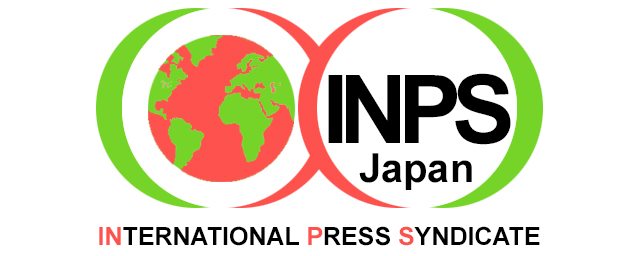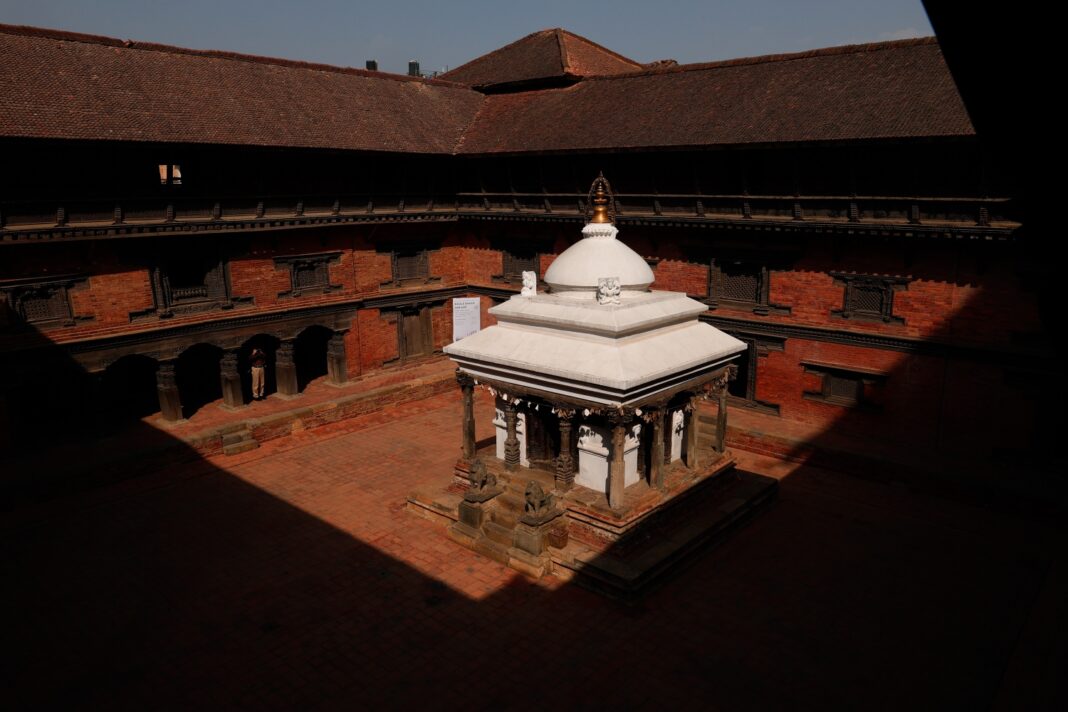For nearly 30 years, Patan Museum has connected Nepalis and visitors to Kathmandu Valley civilisation
Prakriti Kandel
Kathumandu (Nepali Times) – Through the intricate lattice window on the western facade of the palace must have been from where the Malla kings of Patan looked down at the square below.
Today, visitors to Patan Museum can sit at the exact corner and see the same square which, several centuries later, remains largely unchanged. Except for the tourists and devotees at Krishna Mandir and other temples.
Inside is the best-designed museum in Nepal, the work of Götz Hagmüller and his team of architects, who had made Bhaktapur his home and who died in February. Hagmüller did not just restore the old palace, but also designed the museum interior and curated the exhibits.
But most importantly, the team ensured that the museum would have an independent governing body that would use revenue from fees and events for the museum’s upkeep. This has given the museum a rare longevity for an institution in Nepal.
Read also: Kathmandu’s legacy is Götz Hagmüller’s legacy, Kunda Dixit
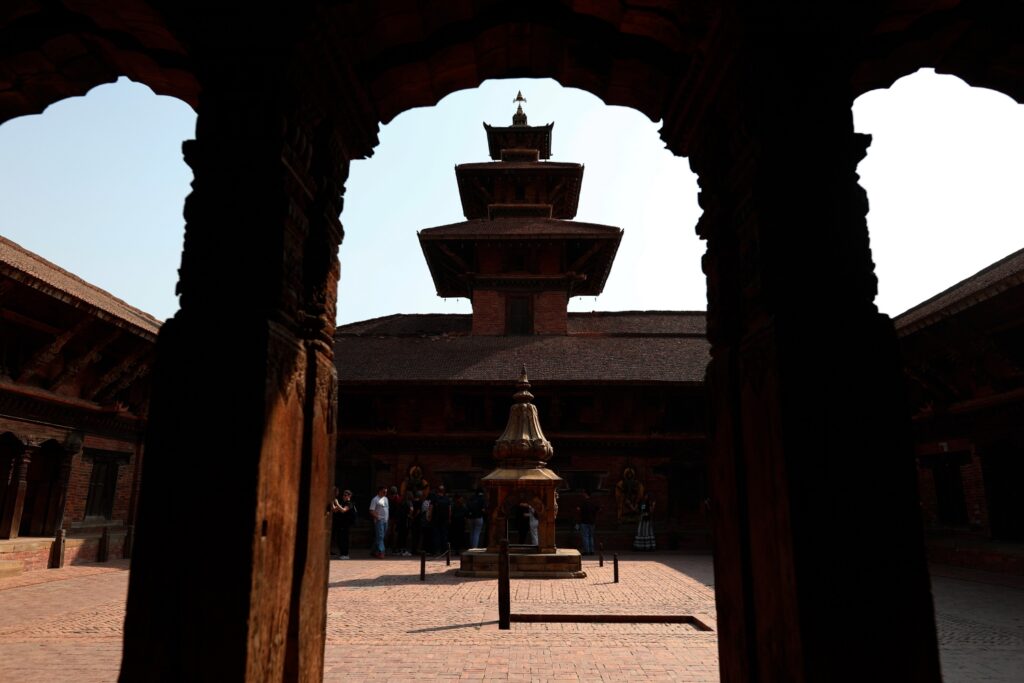
The result is more than one of Kathmandu’s most popular destinations for visitors, but a museum that serves an educational function for Nepali students, supplementing what they learn in social studies and history classes in school.
The carefully curated bronze, stone and wooden figures span Nepal’s religious faiths, historical periods and geographical zones, providing a striking experience of exploration and learning.
Hagmüller led the restoration project of the Keshav Narayan Chok and the dilapidated palace structure, preserving the traditional architecture of the palace while modernising it to suit modern museum necessities.
Read also: Learning from Nepal’s past to rebuilt its future, Prakriti Kandel
At a time when technology has taken over, and patience to learn through real experiences has decreased, Patan Museum is a space for young students and visitors to learn about Nepal’s glorious past, its culture, and observe intricate Nepali craftsmanship.

“Patan Museum is a place of learning regarding two major aspects: heritage and art, specifically relating to Hinduism and Buddhism,” explains Suresh Man Lakhe of Patan Museum. “Students may learn about Buddha’s life in their textbooks, but the museum supplements that learning by letting them visualise his legacy.”
Only 200 of the Museum’s expansive collection of 1,100 objects are currently on view, and they are spread across eight themed galleries. Images range from major gods of the Hindu pantheon such as Vishnu, Shiva and Ganesh to benign or fierce representations of Bodhisattvas.
Read also: Preserving Patan post-earthquake, Claire Burket
The section on Buddhist chaityas has clear explanatory notes about the significance of their design. No student will look at Swayambhu or Boudha after learning why the spire and cupola look the way they do.
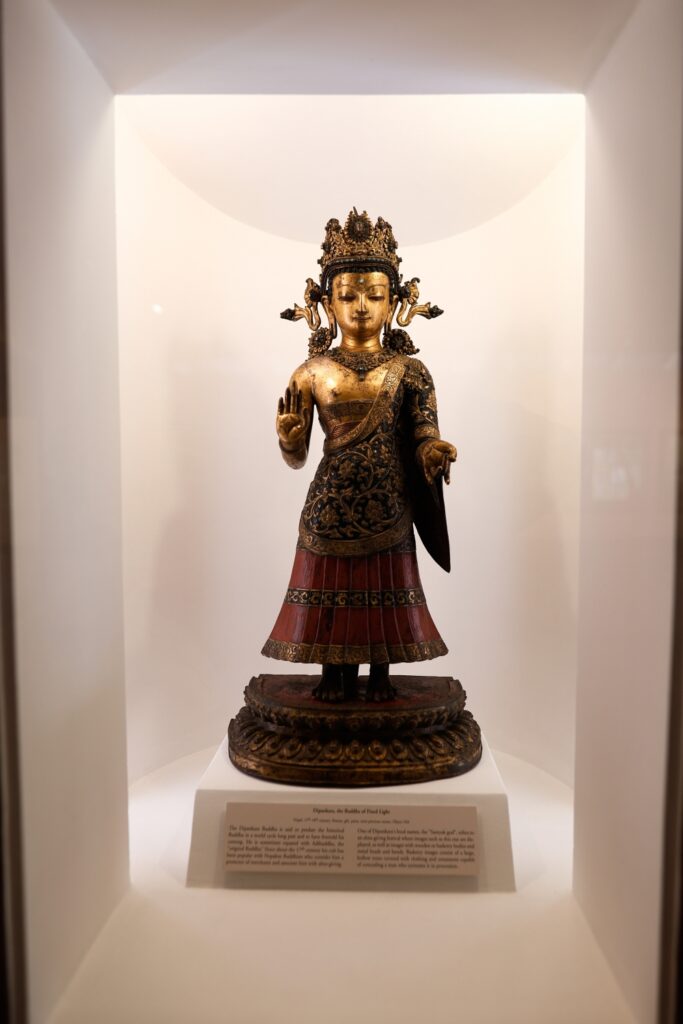
Indeed, all the exhibits have bilingual captions with comprehensive backgrounds about the myths and symbols present in the art pieces and their approximate age. This helps answer frequently asked questions from students such as the reason behind the multiple heads and hands of deities, the symbolic ornaments of Shiva and Vishnu, and the significance of the stupa design.
The composition, medium, symbols, and expressions of bronze gilt copper repoussé are explained in detail, including the craftsmanship of the lost wax process.
Read also: Bedrock of Buddhism, Kunda Dixit
Gallery B has explanations of Ganesh in a military avatar, ablaze with a flaming backdrop, and another of the elephantine god with six heads and six arms. He rests on snakes in one sculpture and is part of an oil lamp in another. There are nuanced variations in the depiction of Ganesh’s eyes and trunks in each of the objects.
“Patan Museum, and indeed the whole Darbar Square, is a living heritage where our students learn history through the architecture, art, culture, and festivals,” says Rekha Pandey, a social studies teacher and educator at Rato Bangala Foundation. “It is ideal learning as the museum exhibits provide a multi-sensory experience that cannot be found in textbooks or lectures.”
Museum staff are planning interactive worksheets and cards as learning devices with colourful and interactive worksheets ‘Let’s Discover Patan Darbar’ that allow students to navigate the historic square.
Read also: Itumbaha’s living museum, Sahina Shrestha
Lakhe says the museum can expand its instructional function with a separate education department. “With additional resources devoted to education, we can focus on creating much more learning opportunities for students,” he adds.
There is a story behind every exhibit at the Museum. Gallery B, for example, hosts a 12th-century limestone sculpture of Uma-Maheswar depicting Shiva’s divine family on Mount Kailash. This statue was stolen in 1982 and then returned by a museum in Berlin in 1990.
Another piece shows Vishnu carried by the Sunbird, a copper alloy sculpture dating back to the 17th century, adorned with metallic Garuda wings. Students can learn in detail the process of creating a repoussé mask, from an initial pencil design to the feeling of the hammer hitting the bronze sheet.
Read also: Remembering Nepal’s lost and the found, Ashish Dhakal
Patan Museum provides an open-air experience, it is not limited to a building but has access to multiple courtyards including the Mul Chok and Sundari Chok with the exquisite Tusha Hiti step well, and the Bhandarkhal Tank.
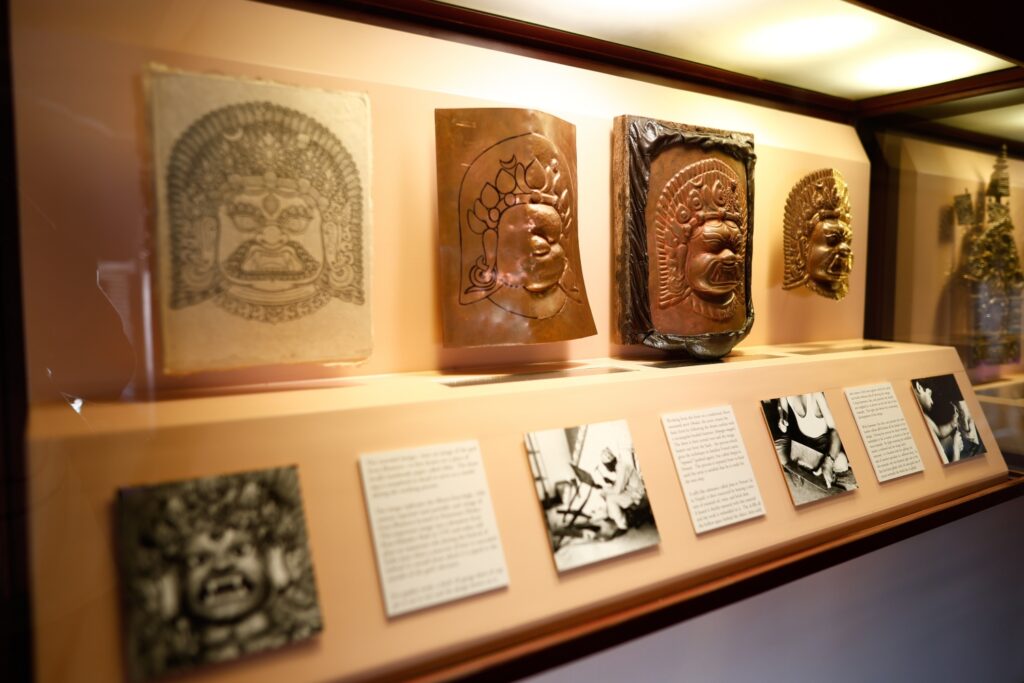
One of the treasures of the Patan Museum is Tusha Hiti step well where King Siddhi Narsingh Malla used to pray and meditate in the 1640s overlooking a gilded copper spout depicting a Garuda and Laxmi Narayan, and embellished by over 50 carved stone deities in thrones of carved foliage.
Visitors can retrace the steps of past royals and their court treading the same stone steps that have been polished by the passage of feet and time.
Read also: Patan heritage in fantasy fiction, Trishagni Sakya
INPS Japan/Nepali Times
Origina Article:https://nepalitimes.com/multimedia/a-portal-into-patan-s-past-and-present
